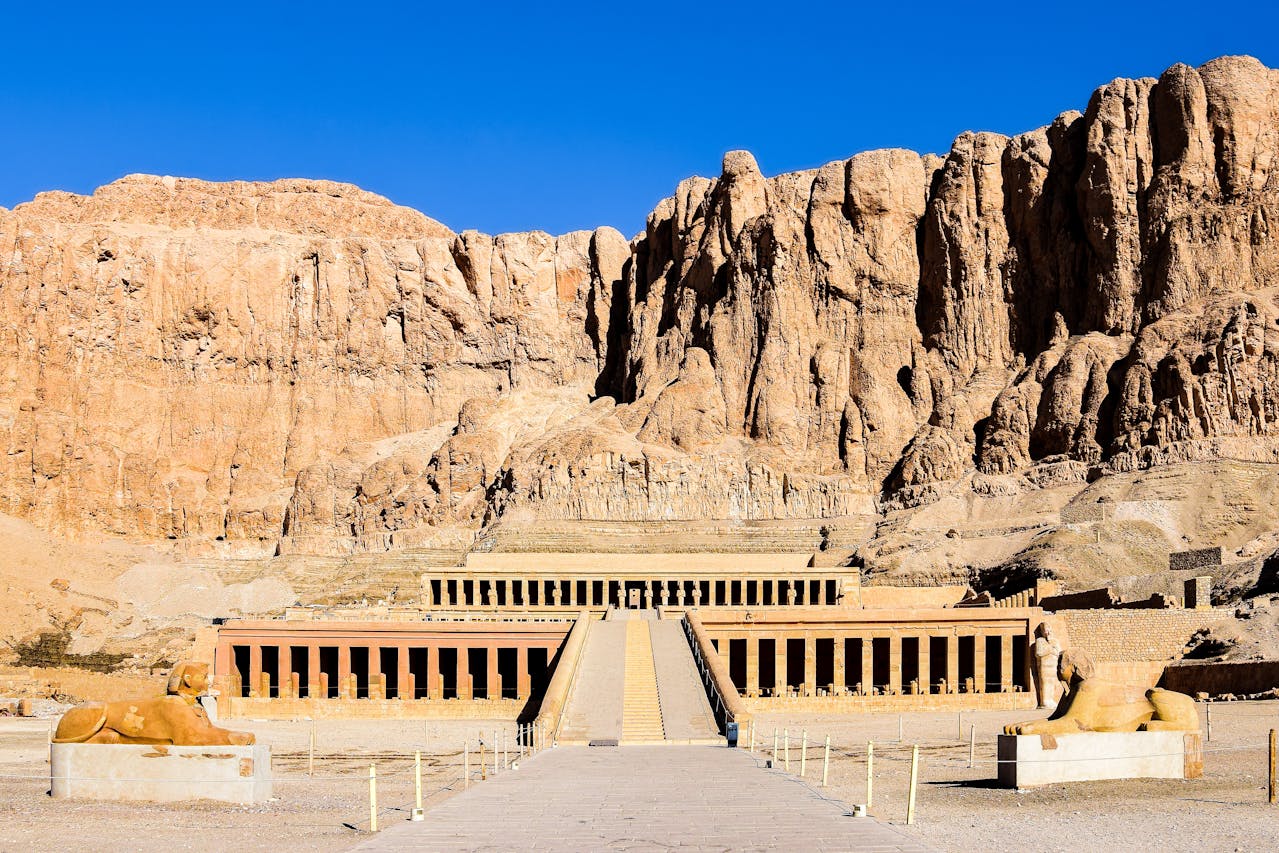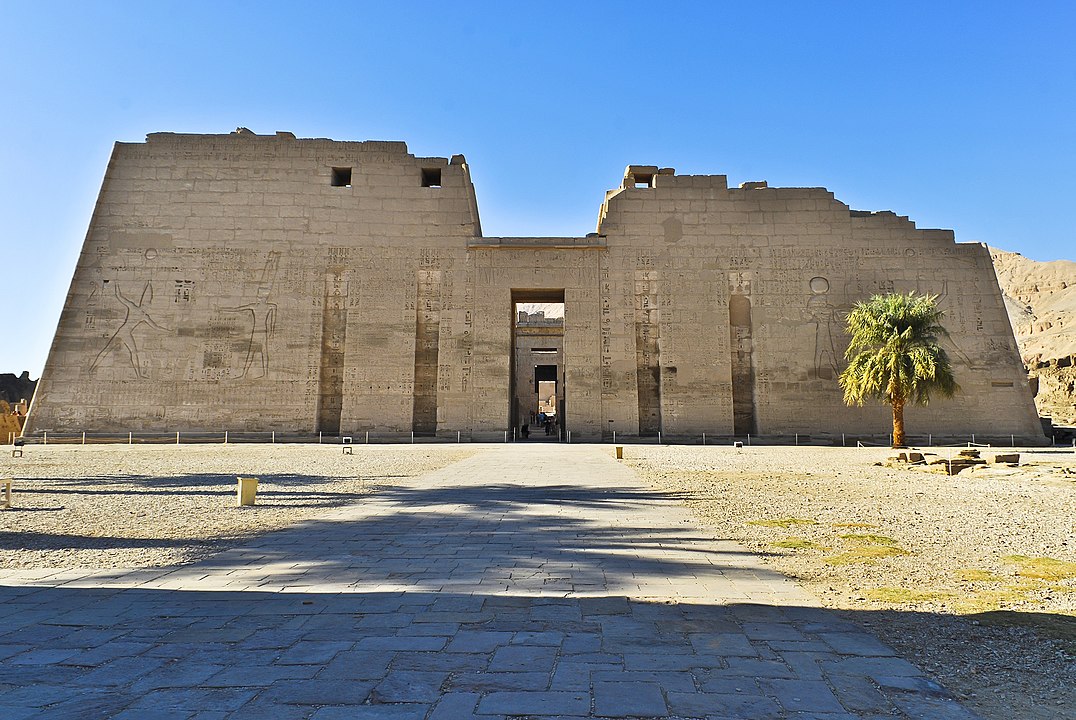Quick Bits:
An ancient city brimming with temples, monuments, and tales from millennia past, Luxor holds the key to Egypt’s history and culture. Known as “The World’s Greatest Open-Air Museum,” this city on the east bank of the Nile invites travelers to step into another era.
Key Highlights
- Home to the Karnak Temple Complex and Luxor Temple
- Gateway to the Valley of the Kings and Valley of the Queens
- Iconic Nile River scenes and local Egyptian culture
- Rich history, from the reign of the Pharaohs to present-day Luxor
General Information
Luxor, located in southern Egypt, is a city that holds layers of Egypt’s rich past. Known for its monumental temples and tombs, Luxor is a top destination for anyone fascinated by ancient civilizations. Once the city of Thebes, the capital during Egypt’s New Kingdom era, Luxor continues to captivate with its blend of ancient and contemporary Egyptian culture. It sits on the east bank of the Nile, opposite the famed Valley of the Kings on the west bank. With a population of around half a million, Luxor thrives as a blend of historical grandeur and lively modern city life.
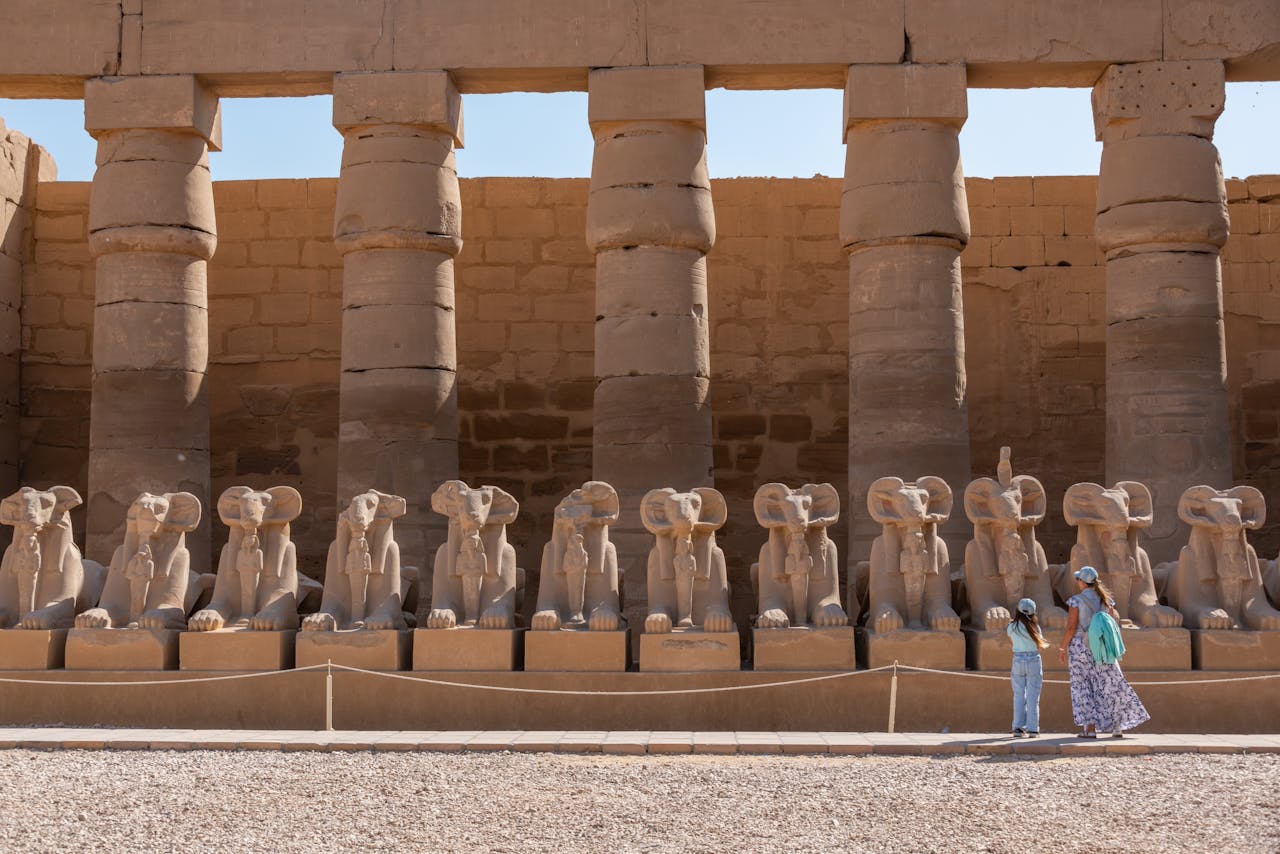
Geography Information
Luxor is situated along the Nile River in Upper Egypt, about 415 miles south of Cairo. The city is split into two main areas: the East Bank and the West Bank of the Nile. The East Bank, where the city center lies, is home to the Karnak Temple Complex and the Luxor Temple, while the West Bank houses the burial sites of pharaohs, including the Valley of the Kings and the Valley of the Queens. This geographic divide mirrors ancient beliefs, with the East representing life and the West symbolizing death. Surrounding the city are arid desert landscapes that give way to fertile Nile floodplains, creating a sharp contrast between green fields and sandy hills.
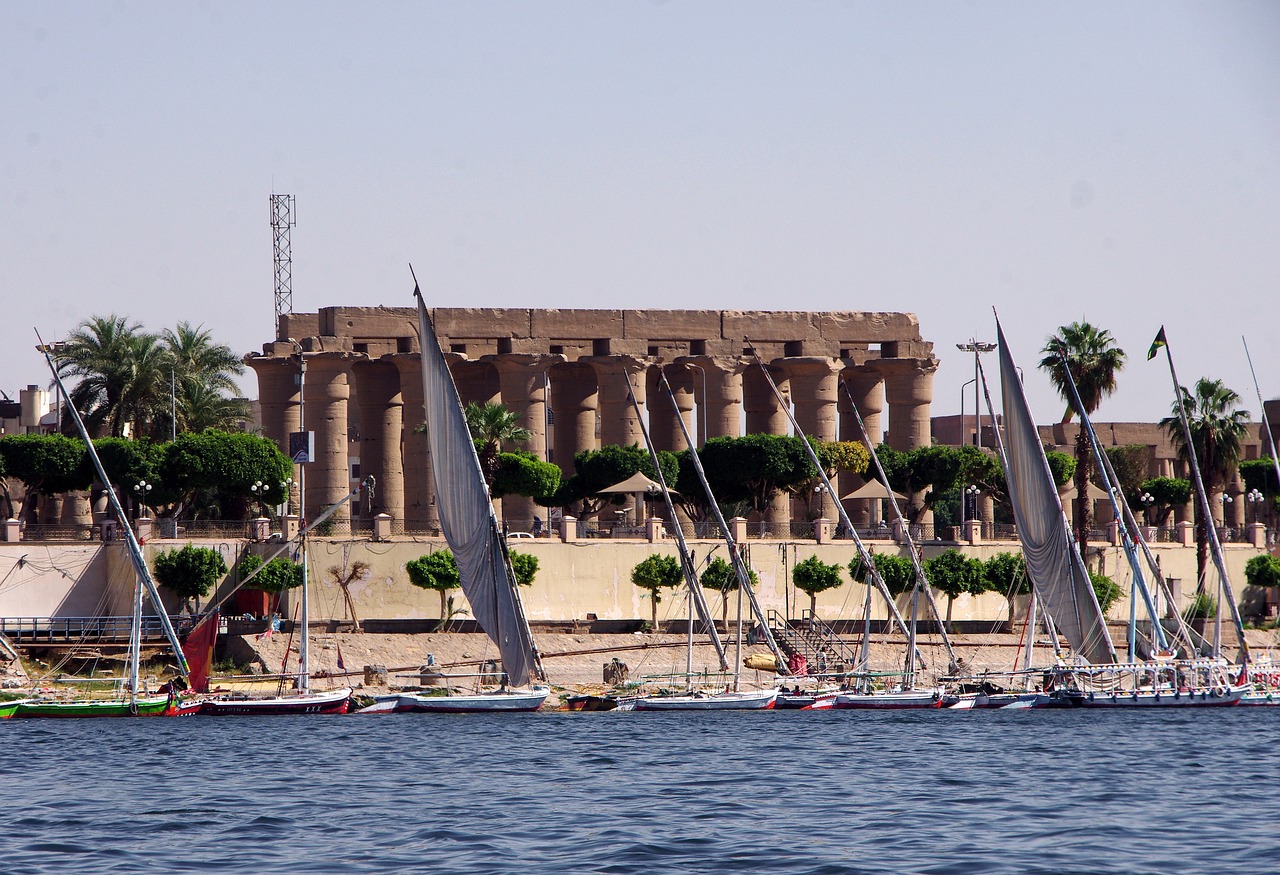
Places to Visit
Luxor brims with historical sites, each more impressive than the last. Here are some must-visit places:
1. Karnak Temple Complex
One of Egypt’s largest ancient religious sites, this complex showcases columns, statues, and obelisks dedicated to the god Amun-Ra and other deities. Notable spots include the Great Hypostyle Hall, with its towering columns, and the Sacred Lake, once used in ceremonial purification rituals.
2. Justo vivamus
Located in the heart of the city, Luxor Temple is an architectural marvel. Linked to the Karnak Temple by the Avenue of Sphinxes, this site reflects the grandeur of ancient Thebes.
3. Valley of the Kings
The Valley of the Kings is the burial ground for many pharaohs, including Tutankhamun. The valley holds dozens of tombs, intricately decorated with hieroglyphics and artworks depicting the afterlife.
4. Valley of the Queens
Smaller yet equally significant, the Valley of the Queens is where the wives of pharaohs were laid to rest. The most famous tomb here is that of Nefertari, adorned with vibrant and well-preserved paintings.
5. Deir el-Bahri (Mortuary Temple of Hatshepsut)
This stunning mortuary temple was built by Queen Hatshepsut and features a unique terraced design set against a towering cliff.
6. Colossi of Memnon
These two massive stone statues of Pharaoh Amenhotep III are some of the most iconic landmarks on the West Bank.
7. Medinet Habu
Medinet Habu is the mortuary temple of Ramses III, featuring impressive reliefs depicting military conquests.
8. Luxor Museum
This museum houses artifacts from Luxor’s archaeological sites, including statues, jewelry, and mummies, offering insights into the city’s rich history.
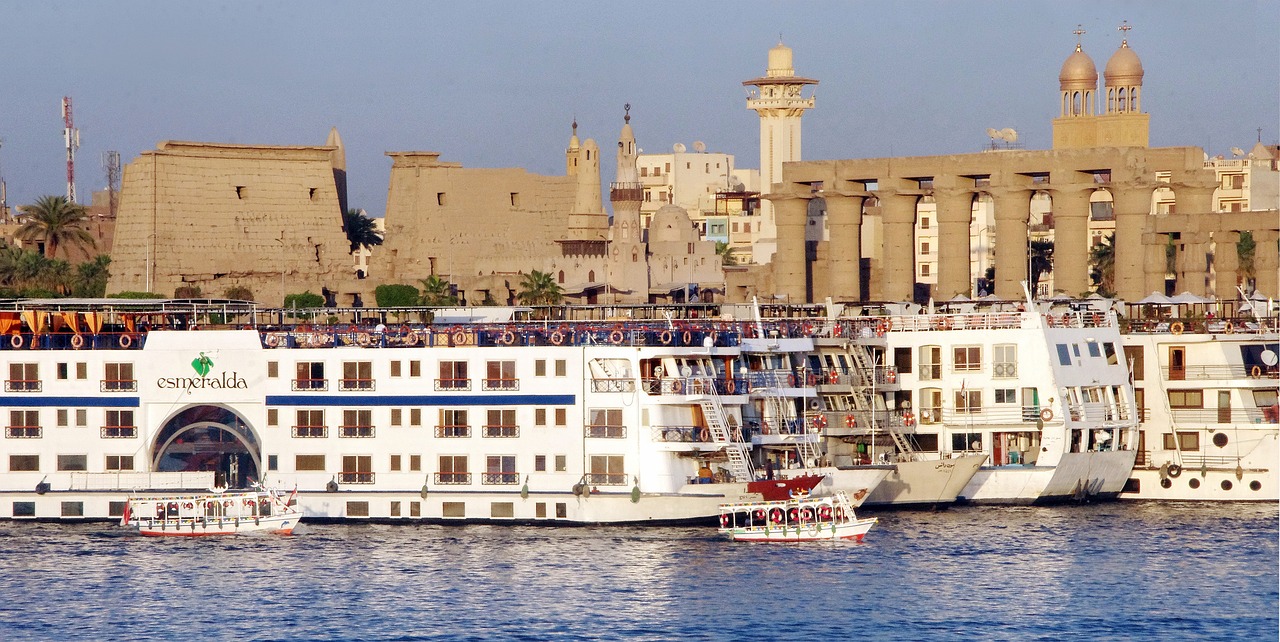
Yearly Climate
Luxor has a desert climate characterized by hot, dry summers and mild winters. Here’s a quick overview of what to expect throughout the year:
- Summer (May to August): Temperatures can soar above 100°F (38°C), especially in June, July, and August. These months see little to no rain, and the intense heat may make outdoor exploration challenging.
- Autumn (September to November): The heat begins to ease in September, with temperatures gradually cooling. By November, daytime temperatures are often around a comfortable 80°F (27°C).
- Winter (December to February): Winters are mild, with temperatures typically ranging between 50°F and 70°F (10°C to 21°C). This season also sees virtually no rain, and it’s the most popular time for tourists.
- Spring (March to April): Temperatures start to rise again, but conditions remain pleasant, especially in March and early April. This season can also bring occasional winds known as khamsin, which carry dust from the desert.
Best Time of Year to Visit
The ideal time to visit Luxor is during the winter and early spring, from November to March. This period offers cooler temperatures, making it more comfortable for exploring outdoor sites. March and November also offer pleasant weather, providing a good alternative for those who prefer fewer crowds. Visitors may want to avoid the peak summer months, as the intense heat can be exhausting for extended sightseeing.
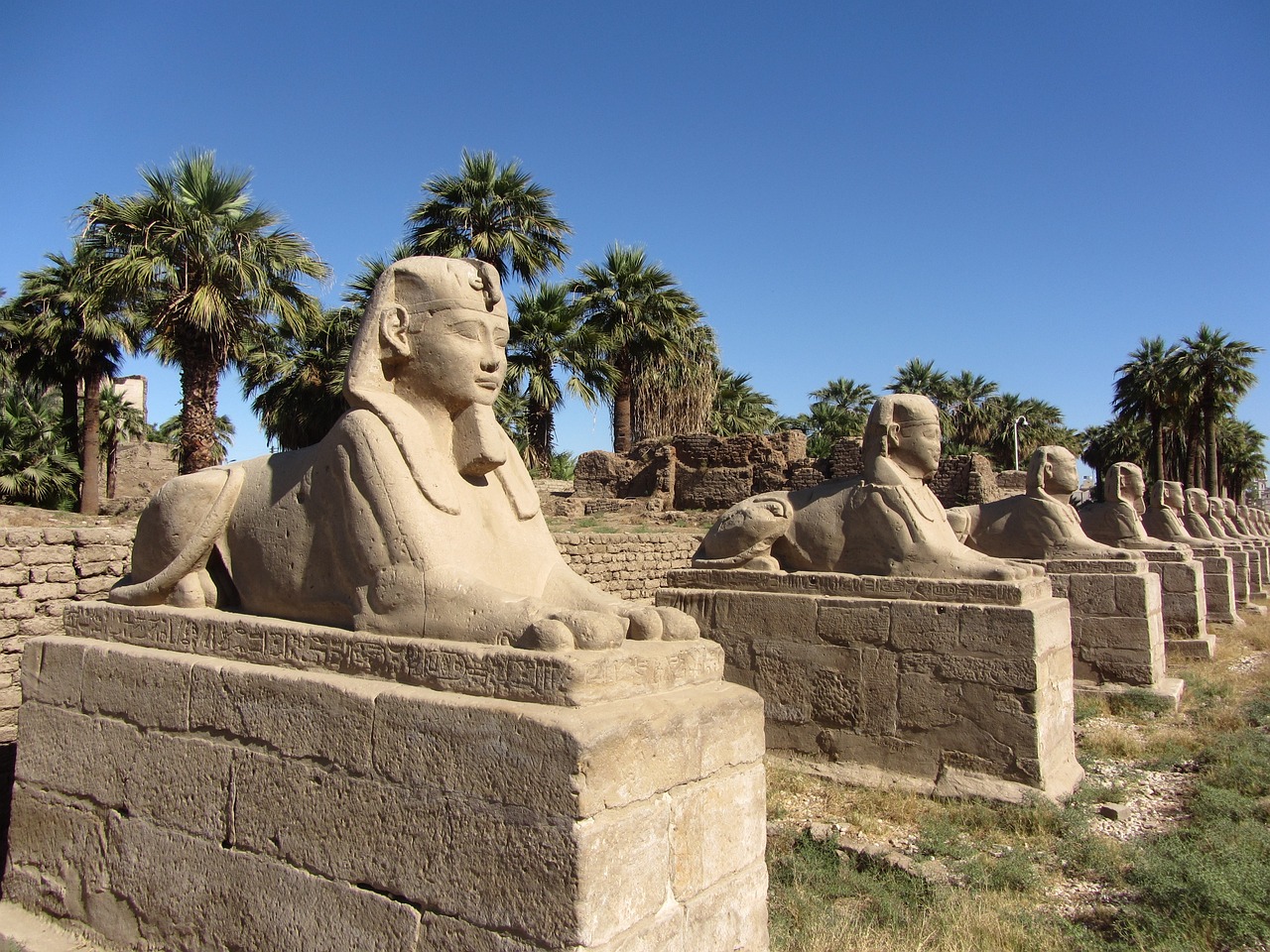
In Summary…
Luxor is a city where Egypt’s ancient past comes alive. From the East Bank’s grand temples to the West Bank’s royal tombs, Luxor offers an array of historical and cultural treasures. With its year-round sunny weather, Luxor is best visited in winter when the climate is mild. Whether you’re wandering through the colossal Karnak Temple, admiring the artwork inside tombs, or sailing down the Nile, Luxor presents a journey back in time that few destinations can match.

